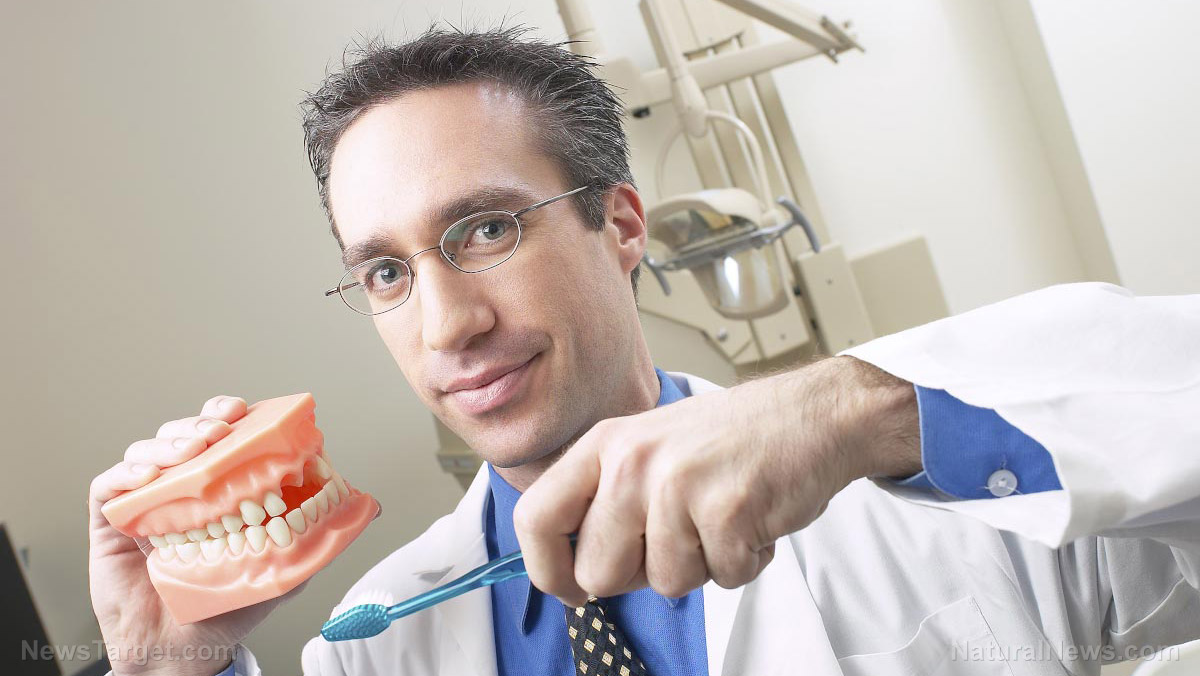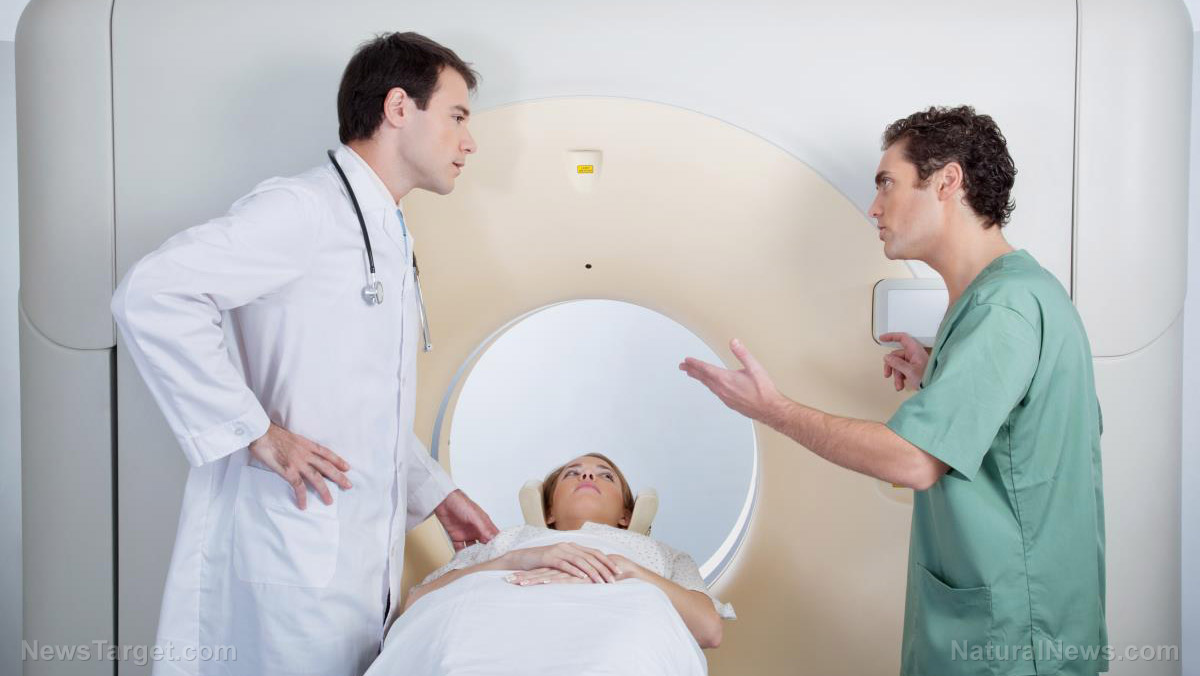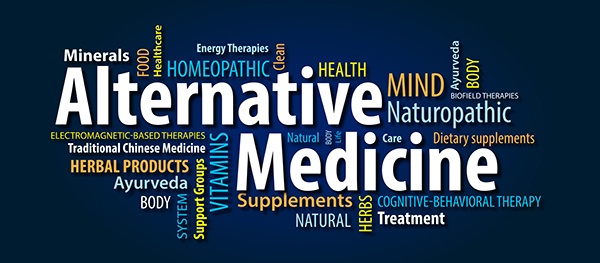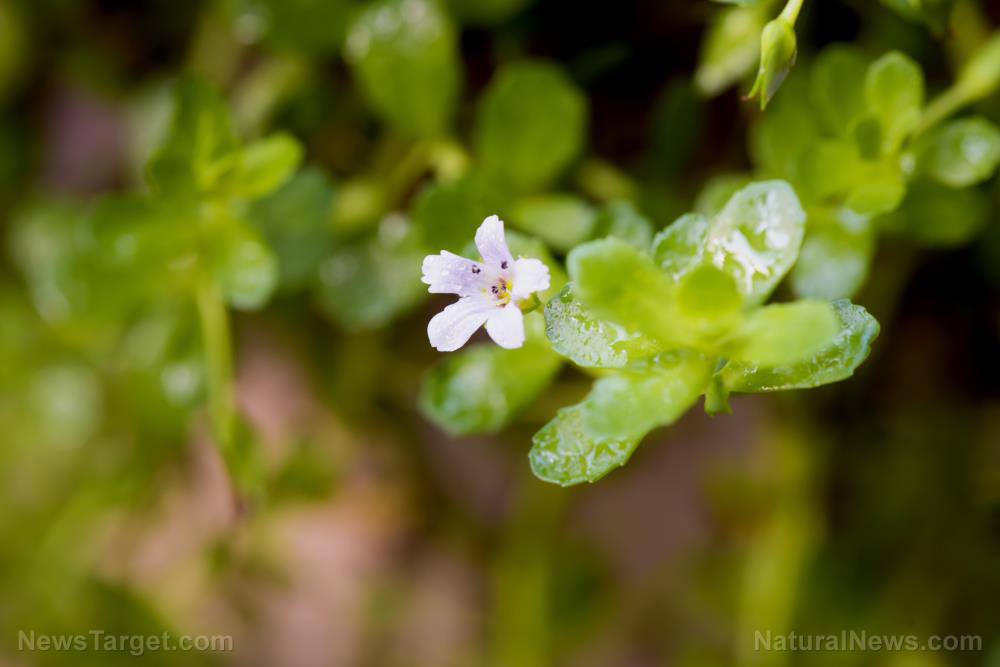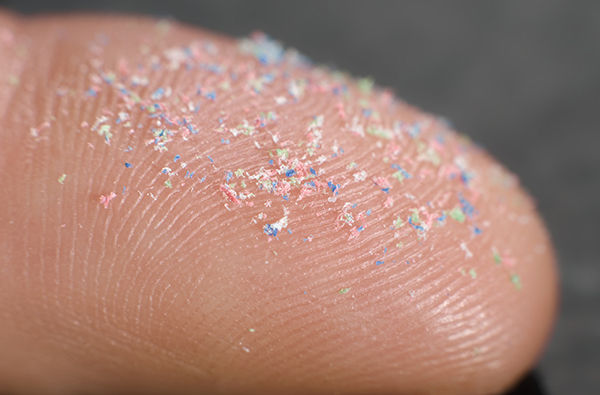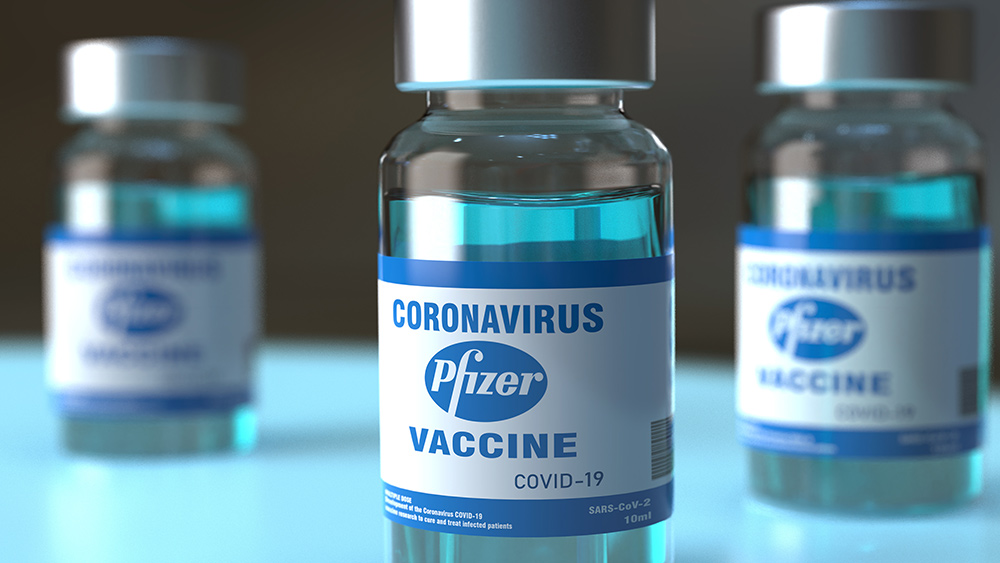Acupuncture and ancient wisdom offer natural relief for hypertension: A modern approach rooted in Traditional Chinese Medicine
05/01/2025 / By Willow Tohi
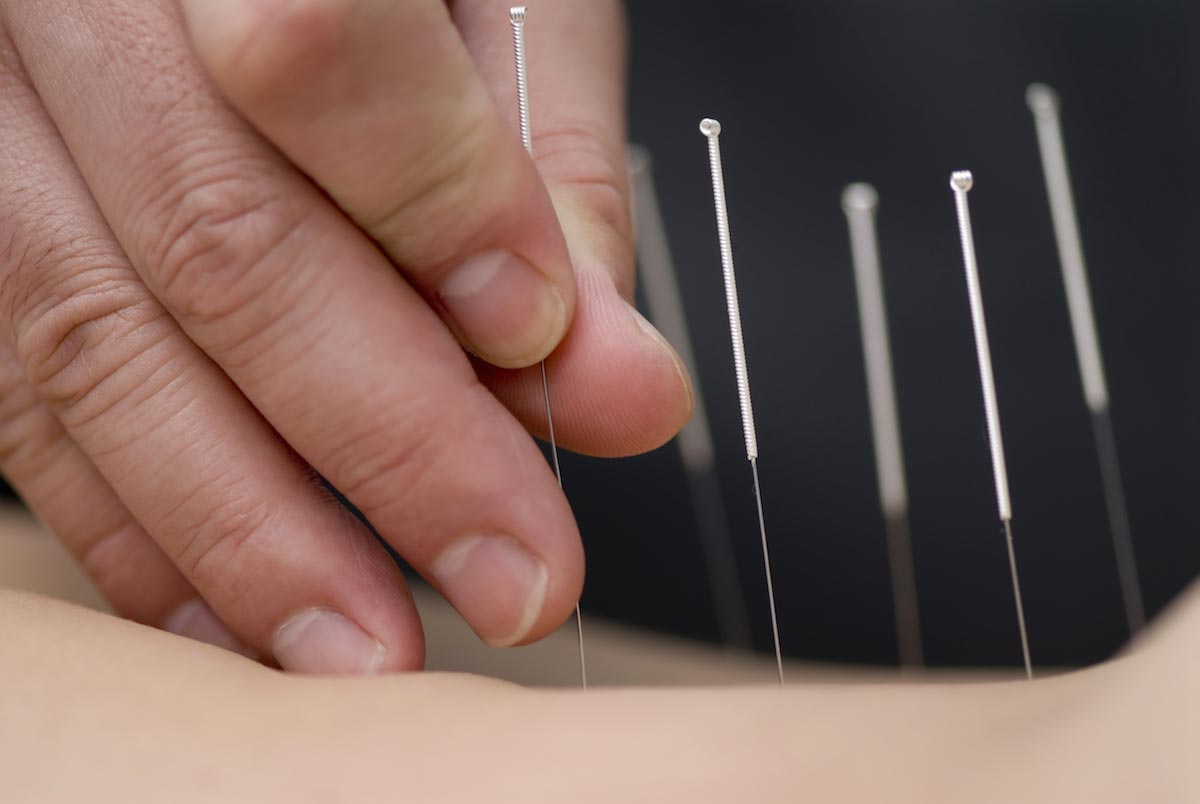
- Traditional Chinese medicine (TCM) techniques, including acupuncture and herbal therapies, are gaining recognition as effective alternatives to pharmaceutical interventions for managing hypertension, a condition affecting millions globally and increasing the risk of heart disease, stroke and organ damage.
- Wu Hongqian, a TCM expert, emphasizes the use of specific acupoints — Yanglingquan (GB-34), Zusanli (ST-36) and Taichong (LR-3) — to rapidly lower blood pressure by regulating the body’s “qi” or vital energy. Stimulating these points in sequence can lead to significant reductions in blood pressure within minutes.
- TCM advocates for the integration of herbal remedies, such as a specialized tea blend featuring Codonopsis pilosula and Scutellaria baicalensis, and foot soaks with ginger to improve blood circulation and stabilize blood pressure. These natural solutions aim to address the root causes of hypertension and complement professional treatments.
- TCM emphasizes the importance of exercise, particularly isometric exercises like wall squats and bridge poses, which have been shown to reduce systolic blood pressure. Additionally, aerobic exercise, consistent sleep and practices like tai chi or qi gong are recommended to improve blood flow, reduce stress and break the cycle of poor sleep and hypertension.
- TCM’s holistic approach to hypertension management, focusing on emotional balance and lifestyle adjustments, aligns with modern trends toward personalized and natural wellness solutions. As research validates these ancient practices, TCM offers a decentralized, low-cost alternative that can enhance conventional medicine, providing patients with tools for self-care and bridging the gap between tradition and modern medical rigor.
Hypertension, often called the “silent killer,” affects millions worldwide, significantly raising the risk of heart disease, stroke and organ damage. Recent findings highlight that Traditional Chinese Medicine (TCM) techniques like acupuncture and herbal therapies could rival pharmaceutical interventions in managing this condition. Wu Hongqian, director of Taiwan’s Yisheng Traditional Chinese Medicine Clinic, emphasizes practical, non-invasive methods to swiftly reduce blood pressure, aligning with a growing global shift toward holistic health. As modern studies validate these ancient practices, TCM offers a decentralized, patient-centered alternative to reliance on prescription drugs, particularly amid concerns over medication side effects and health care accessibility.
Three acupoint strategies for immediate relief
Central to Wu’s approach is targeting specific acupoints to regulate the body’s “qi,” or vital energy. During a hypertension attack, stimulating three acupoints — Yanglingquan (GB-34), Zusanli (ST-36) and Taichong (LR-3) — in sequence can rapidly lower blood pressure by guiding upward surging qi downward. Wu recounts a case where a patient’s blood pressure dropped from 190 mmHg to 120 mmHg within minutes after acupuncture at these points. She explains: “The key is proper sequence — press Yanglingquan on the lower leg, move to Zusanli below the kneecap, and finish with Taichong on the foot. This balances the autonomic nervous system, easing the sympathetic overactivity that drives high blood pressure.”
Self-massage instructions recommend applying firm pressure to each point for 1-2 minutes, ensuring the downward qi flow. This technique underscores TCM’s emphasis on self-care practices to complement professional treatments.
Herbal remedies and foot soaks: Synergistic natural solutions
Beyond acupressure, Wu advocates integrating herbal remedies and lifestyle adjustments. A specialized tea blend featuring Codonopsis pilosula, Scutellaria baicalensis, safflower and Angelica sinensis, among others, aims to refine blood circulation and oxygen delivery to the brain — the root cause of hypertension in TCM theory. The recipe, which incorporates 30 grams of Scutellaria and smaller doses of other herbs, is prepared by simmering in 2 liters of water and consumed throughout the day.
Foot soaks also play a critical role. Submerging feet in 108 F water infused with ginger —“old ginger activates blood circulation and warms the body,” Wu notes — can stabilize blood pressure. Pairing the soak with massage of the Taichong acupoint (on the foot’s top) further stimulates qi flow. However, Wu warns against lowering the head during the massage, citing the risk of exacerbating hypertension.
Exercise and lifestyle adjustments: Holistic benefits
Exercise emerges as a cornerstone of TCM’s hypertension strategy. Wu stresses the importance of isometric exercises like wall squats and bridge poses, which a 2022 British Journal of Sports Medicine study found to reduce systolic blood pressure by roughly 8 mmHg — a result comparable to antihypertensive medications. The mechanism involves nitric oxide release, which dilates blood vessels. Recovery is advised to avoid breath-holding, as it can spike pressure transiently.
Aerobic exercise and consistent sleep also rank high. Wu states: “Poor sleep fuels high blood pressure and worsens insomnia — a vicious cycle. Three hours of weekly exercise improves blood flow while easing stress, breaking this pattern.” She recommends light activities like tai chi or qi gong, noting their dual benefits of physical exertion and mental calm.
Why TCM’s relevance grows in modern medicine
Hypertension’s global prevalence — estimated to affect 1.3 billion people — underscores the urgency for effective, accessible treatments. TCM’s 3,000-year history offers a decentralized, low-cost alternative. Modern research, such as a recent study in the Journal of Integrative Medicine showing acupuncture’s efficacy matching pharmaceuticals, validates these practices. Meanwhile, side effects of Western drugs — such as diuretics causing dizziness or calcium channel blockers inducing facial flushing—highlight the need for integrative approaches.
Wu’s methods reflect TCM’s foundational principles, where emotional balance and lifestyle align to prevent systemic imbalances. As Wu observes, “LTreatment focuses on harmonizing body and mind, addressing root causes rather than masking symptoms.” This philosophy resonates with contemporary trends prioritizing personalized, natural wellness solutions.
A step toward holistic health
The integration of TCM into hypertension management underscores a paradigm shift in health care—one that values tradition, individuality and efficacy. Wu’s techniques, coupled with modern research, demonstrate that natural remedies need not replace conventional medicine but can enhance it.
As the world grapples with the silent threat of hypertension, TCM’s wisdom offers a balanced path forward: empowering patients with tools for self-care while bridging ancient practices with modern medical rigor.
This article draws from sources including Wu Hongqian of the Yisheng Clinic, Natural News and peer-reviewed studies cited in the British Journal of Sports Medicine. TCM practitioners emphasize that individual treatments should be tailored through professional consultation.
Sources for this article include:
Submit a correction >>
Tagged Under:
acupuncture, alternative medicine, Chinese medicine, heart disease, heart health, herbal medicine, herbal therapies, Herbs, high blood pressure, natural cures, natural health, natural medicine, organ damage, remedies, stroke, TCM
This article may contain statements that reflect the opinion of the author

